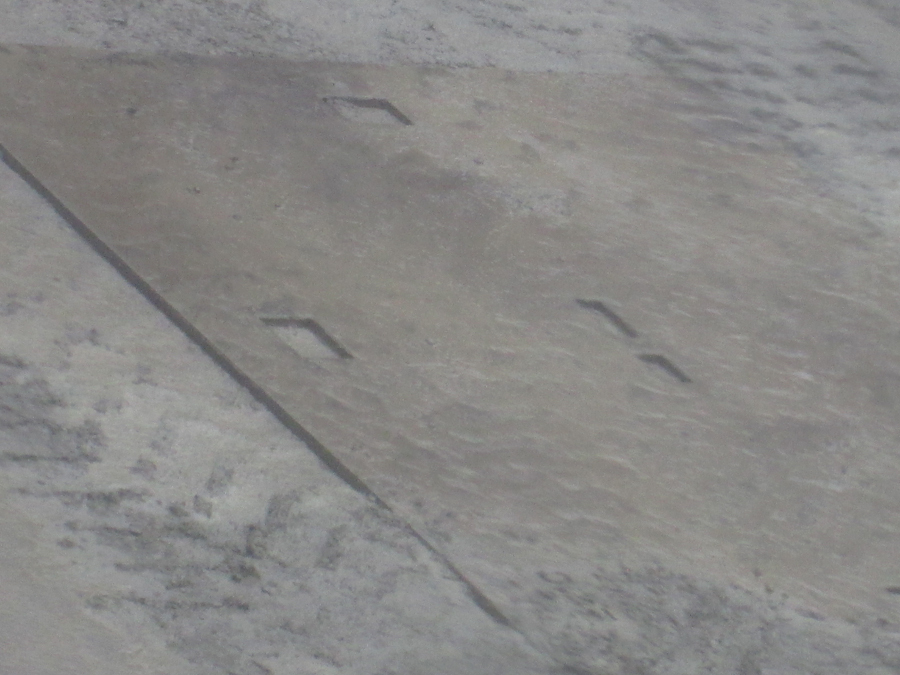on some results of crossing experiments, 2

street view, through two sheets of glass.
26 November 2014
a non sequitur opportunity to mention Alexander Grothendieck (1928-2014), whose obituary appeared in The New York Times, here. This passage stood out —
Working together with Pierre Deligne, Mr. Grothendieck was responsible for proving an especially thorny set of hypotheses known as the Weil conjectures. But characteristically he did not attack the problem directly. Instead, he built a superstructure of theory around the problem. The solution then emerged easily and naturally, in a way that made mathematicians see how the conjectures had to be true.
He avoided clever tricks that proved the theorem but did not develop insight. He likened his approach to softening a walnut in water so that, as he wrote, it can be peeled open “like a perfectly ripened avocado.”
“If there is one thing in mathematics that fascinates me more than anything else (and doubtless always has), it is neither ‘number’ nor ‘size,’ but always form,” he wrote in a long memoir in the 1980s, “Reapings and Sowings.”
—
Grothendieck’s approach to problem solving is elaborated in Colin McLarty, his The rising sea : Grothendieck on simplicity and generality, which can be accessed as text and as video lecture, here.
See also the the NYT ScienceTimes appreciation by Edward Frenkel, and comments and links by Peter Woit, author of Not Even Wrong (2006).
—
epigram the title of a communication read by J. Cossar Ewart, Monday 25 January 1904,
ex Proceedings of the Royal Physical Society of Edinburgh, Vol. XV. 1901-1904
*
tags:
asphalt; crossings; glass; grays; holes, mud; steel; the rising sea
J. Cossar Ewart; Alexander Grothendieck